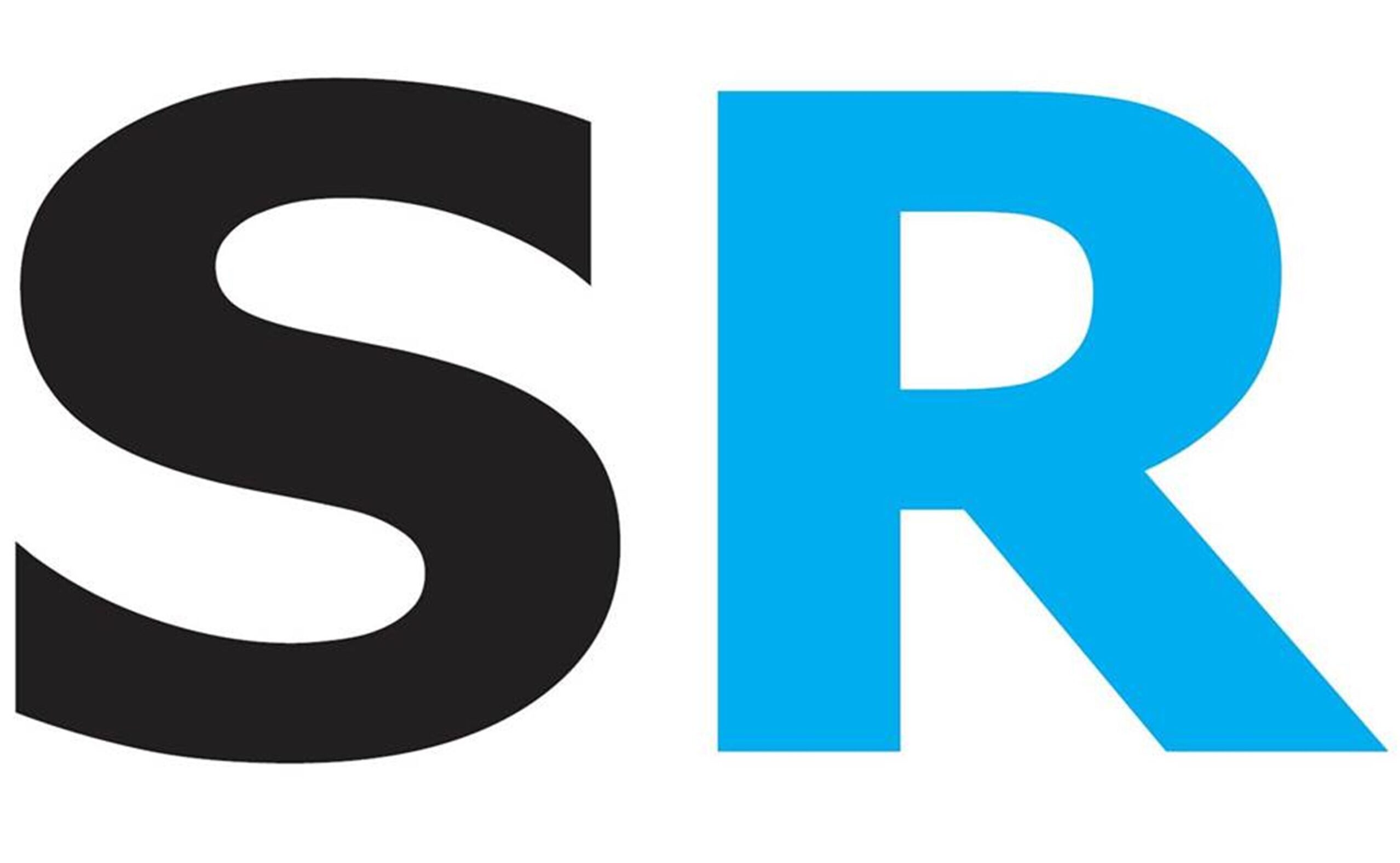Managing change in the workplace can be difficult. Employers often change production processes and capitalize on new business opportunities to keep the organization relevant and profitable. However, many employees dislike change and its impact on them.
Fortunately, following best practices helps employers effectively manage change in the workplace. These methods can help.
Follow these best practices for employers to manage change in the workplace.
Research the Workplace Changes
Gain insight into the types of changes to implement. Include how other companies successfully implemented similar changes.
Gathering as much information as possible lets you use other companies’ methods of implementation as models for your strategies. These activities increase the likelihood of the changes being effective.
Map the Changes in the Workplace
Create a plan to implement the changes and their intended impact on the organization. Following a plan supports long-term stability.
Include your company’s new mission statement and guiding vision. These updates to your culture help create the budget and timeline to implement the changes.
Outline the employees, suppliers, clients, and other stakeholders who likely will be impacted by the changes. Including these details helps streamline the implementation of the changes and control the process.
Set Goals for Workplace Change
Explain why workplace changes are being made and how they might affect employees. Clarifying what the organization wants to achieve encourages employee acceptance. Gaining employee buy-in supports the implementation of the changes.
Clarify the Risks of Workplace Change
Define the potential risks and solutions before implementing change in the workplace. Then, share the risks and solutions with employees at all levels. Show there are plans in place to resolve potentially adverse issues.
Encourage Employee Input on Workplace Changes
Provide employees at all levels with a platform to share their ideas, perspectives, and feedback on workplace changes. Because employees are familiar with the day-to-day business operations, they can provide valuable insight into the proposed changes. Gathering input also encourages employee buy-in and implementation of the changes.
Show Empathy
Remain empathetic with employees at all levels while managing change in the workplace. The processes might adversely impact some employees more than others. Therefore, you must do what you can to provide support throughout the process. Examples include providing videos detailing the change and access to therapy programs to learn coping methods.
Start with Changes at the Top
Ensure all decision-makers managing change in the workplace stay current on the process. Having each executive understand their role helps implement the changes.
The executives can share information and answer employee questions to facilitate acceptance of the changes. These activities help maintain a positive work environment.
Train Employees on the Workplace Changes
Educate employees on the new operational methods and how they impact their jobs. Ensure employees understand what to do during and after the changes for successful implementation.
Track the Impact of the Changes
Collect data on workplace changes to determine whether they have the desired effects. Uncover which parts of the changes are effective, which need work, and how to improve the results. Then, implement solutions to mitigate risks.
Do You Need Help to Manage Change in the Workplace?
Staff Right Solutions is committed to helping companies grow and adapt to changes. Contact us to learn more today.

